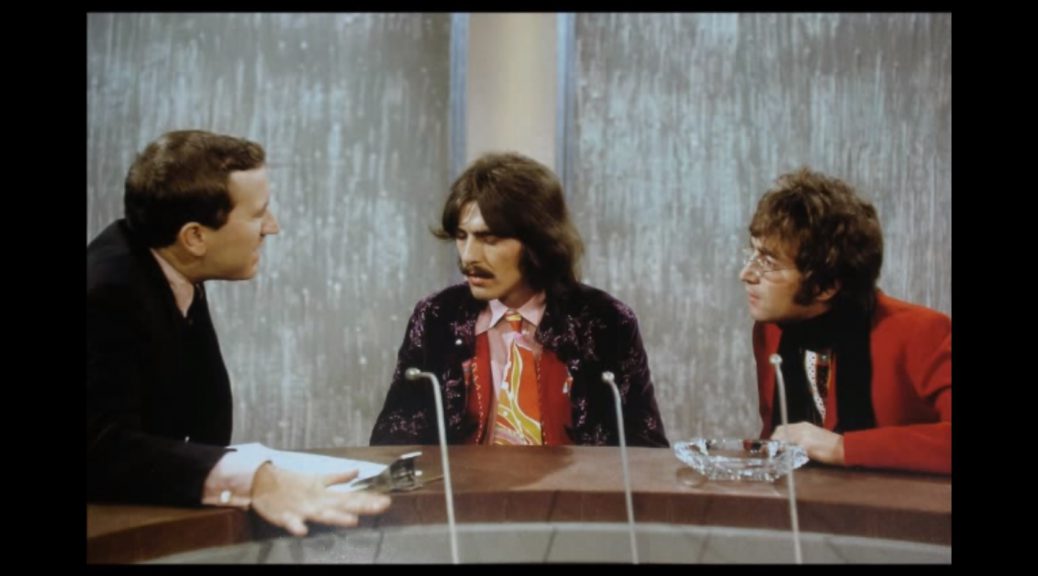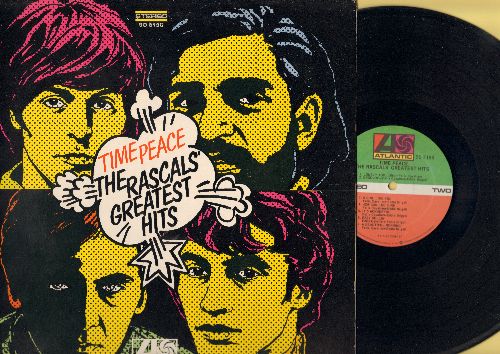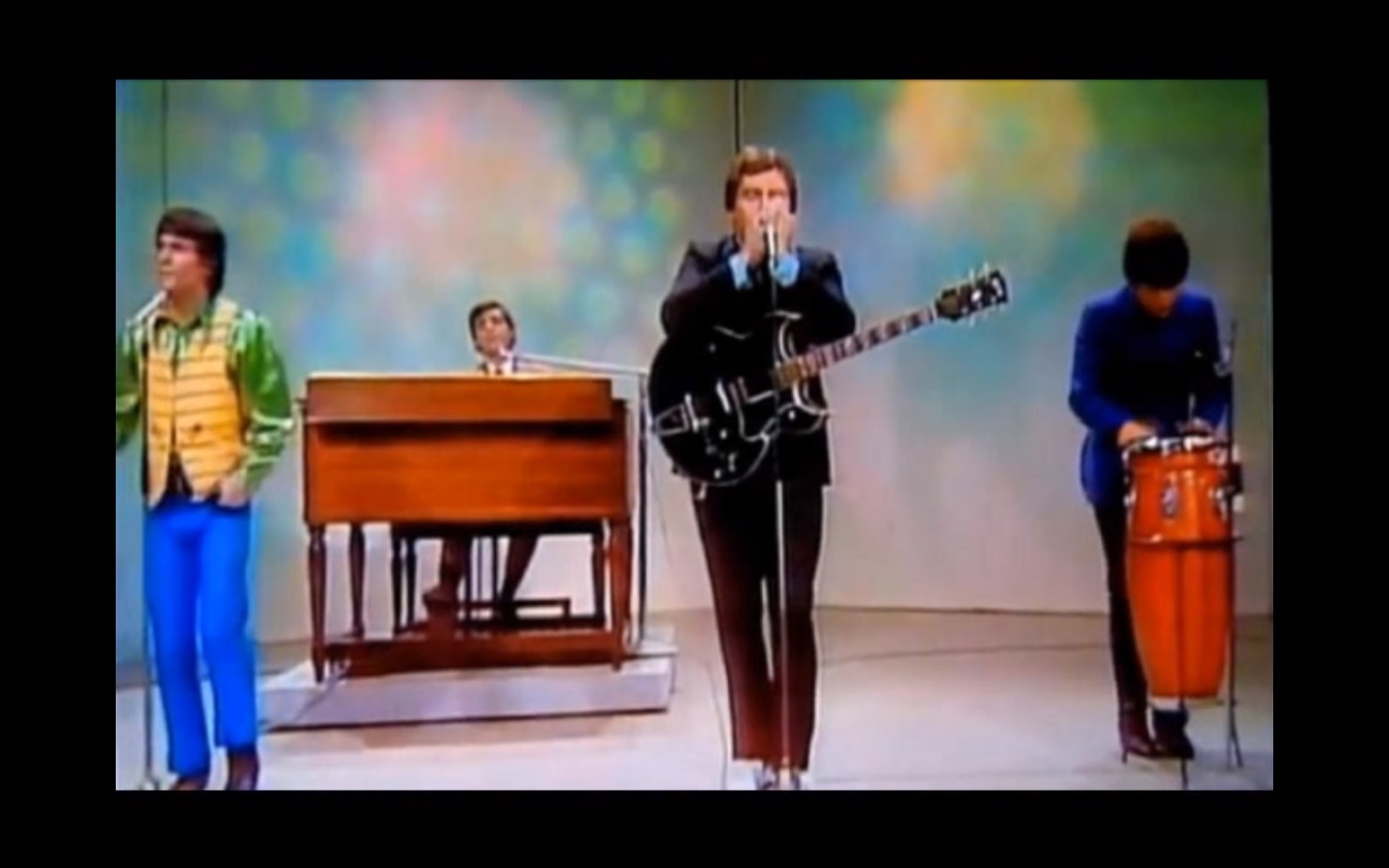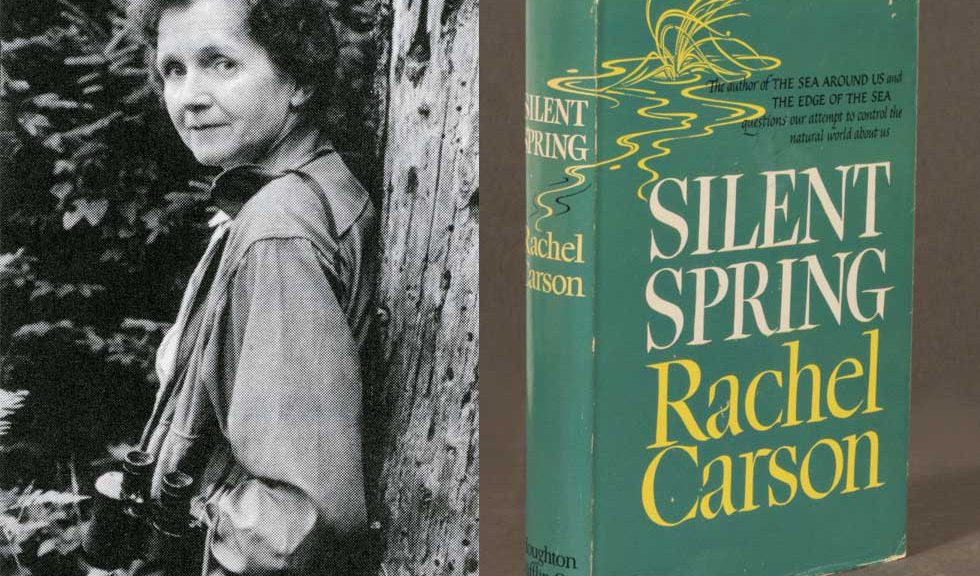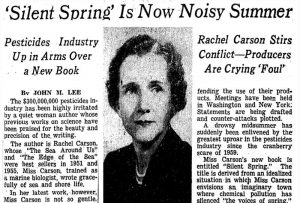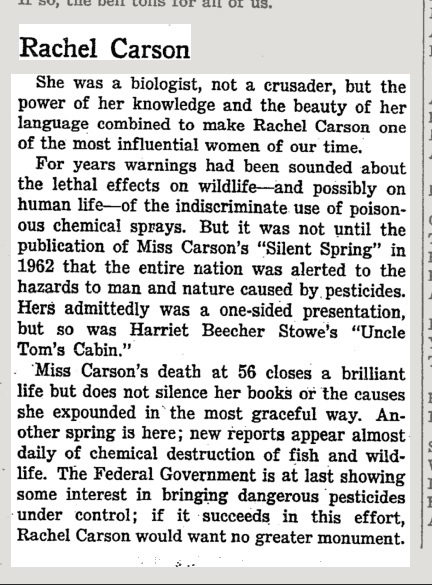John George David
September 29, 1967
John George David
George Harrison Sitar
The path that led the Beatles to transcendental meditation was mainly through George Harrison’s use of the sitar, the Indian instrument he used on Rubber Soul’s “Norwegian Wood.” Harrison used the sitar simply because he liked its sound, but he wanted to learn more.
Harrison first met master sitarist Ravi Shankar in June 1966 in the UK and Shankar gave a couple of lessons to Harrison.
On September 14, 1966, a Mr and Mrs Sam Wells, aka George and Pattie Harrison, flew to Mumbai. The main reason was to take sitar lessons from Shankar. Because the sitting position was so difficult for Harrison, Shankar had a yoga instructor help him.
The following year Pattie attended a lecture on Transcendental Meditation at Caxton Hall, London, where she received her mantra.
John George David
see Beatles meet Maharishi Mahesh Yogi for more
Encouraged by Pattie Harrison’s interest and enthusiasm, on August 24, 1967 the Beatles met Maharishi Mahesh Yogi at a lecture in London. All except Ringo and his wife Maureen (she had just given birth to to their son) attended. While there, they found out that he was giving a series of classes. They all decided to attend.
Of course if the Beatles found something interesting, fans followed suit. Ravi Shankar became part of the Monterey Pop Festival in 1967 and famously played in the rain at the Woodstock Music and Art Fair.
John George David
The Frost Programme
On September 29, 1967 John Lennon and George Harrison were guests on David Frost’s The Frost Programme.
Among the comments were:
Lennon: “Buddha was a groove, Jesus was all right.”
Harrison: “I believe in reincarnation. Life and death are still only relative to thought. I believe in rebirth. You keep coming back until you have got it straight. The ultimate thing is to manifest divinity, and become one with The Creator.”
Because viewers found that program so interesting, John and George returned for another interview a week later.
Again, the subject of the 45-minute show was Transcendental Meditation. Lennon and Harrison answered questions that Frost and studio guests asked as well as from letters sent in. There was also a pro- and con- discussion about meditation.
John George David
No Mas Maharishi
The interest continued and on February 16, 1968 John and Cynthia Lennon, and George and Pattie Harrison flew to India for further study with the Maharishi. Paul McCartney, Jane Asher, Ringo and Maureen Starr followed on the 20th. The plan was to stay at least six weeks.
Ringo found the food there too difficult and he and Maureen returned to England less than two weeks after their arrival. Paul and Jane returned on March 20.
The stay for the others came to an abrupt end when one of the members of the Beatle party told John and George that the Maharishi was sexually inappropriate with one of the female guests.
John and George confronted the Yogi, but he didn’t take the accusation seriously which convinced John, George, and the others that he was guilty.
John left, but George, rather than return straightaway to England, went to visit Ravi Shankar and didn’t return until April 28.
The accusations were likely untrue.

